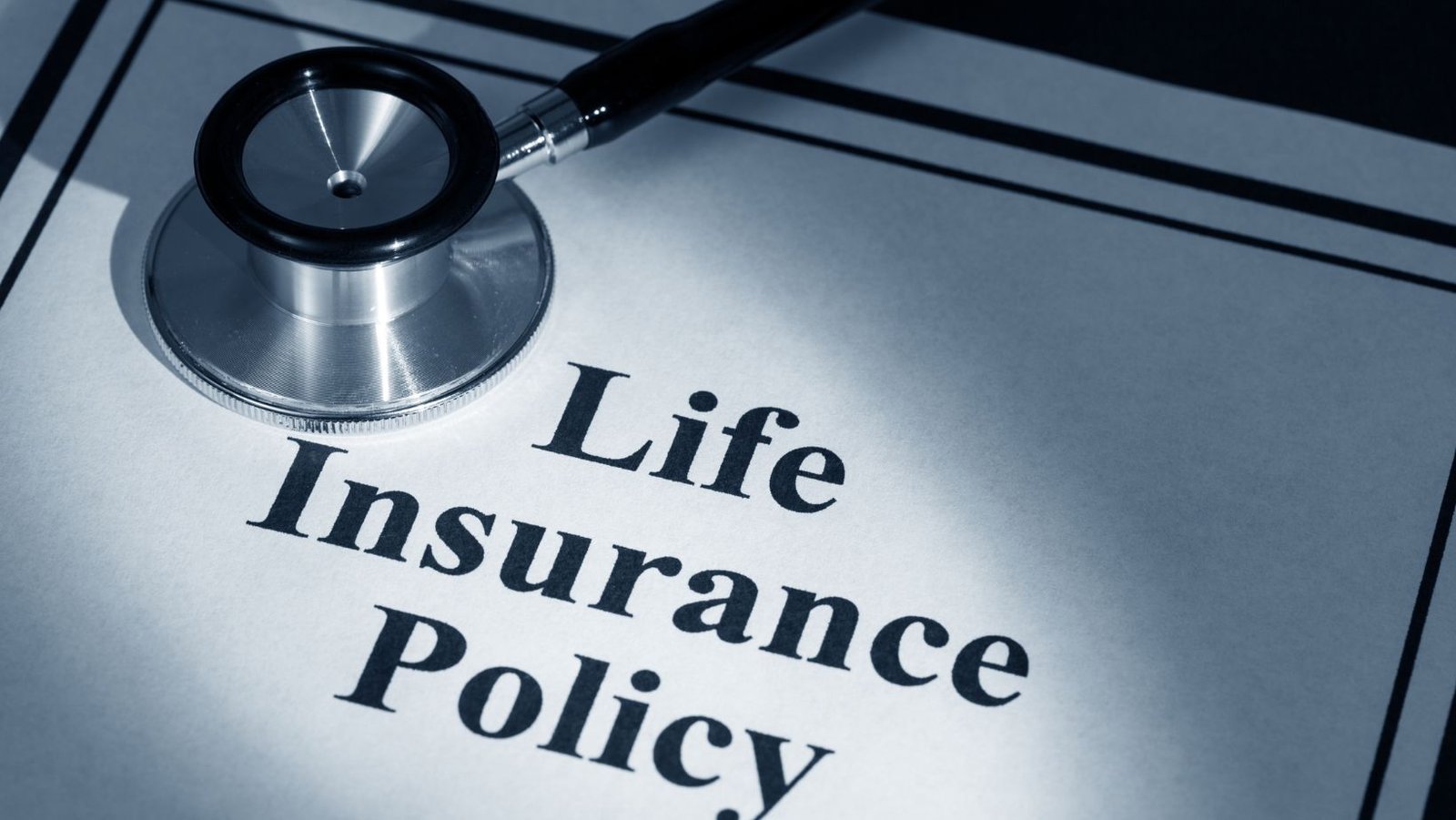I’ve been receiving a lot of questions about permanent life insurance policies lately, so I wanted to take a moment to address some of the most common ones. Permanent life insurance is an important financial tool that provides coverage for your entire life, as long as you continue paying the premiums. It offers a range of benefits, including a death benefit that can help protect your loved ones and a cash value component that can grow over time. But there are often misconceptions and uncertainties surrounding this type of policy, so let’s dive into some frequently asked questions to clear things up.
One of the first questions I often hear is, “What exactly is a permanent life insurance policy?” Simply put, it is a type of life insurance that provides coverage for your entire life, as long as you continue paying the premiums. Unlike term life insurance, which only covers you for a specific period of time, permanent life insurance is designed to provide lifelong protection. It also includes a cash value component, which allows the policy to accumulate value over time. This cash value can be used for various purposes, such as borrowing against it or even surrendering the policy for a cash payout.
Another common question I come across is, “How much does a permanent life insurance policy cost?” The cost of a permanent life insurance policy can vary depending on several factors, including your age, health, and the coverage amount you choose. Generally, permanent life insurance tends to be more expensive than term life insurance due to its lifelong coverage and cash value component. However, it’s important to consider the long-term benefits and financial security it can provide. By working with a knowledgeable insurance agent, you can find a policy that fits your budget and meets your needs.
What is a Permanent Life Insurance Policy?
A permanent life insurance policy is a type of coverage that provides financial protection for the entirety of your life, as long as you continue to pay the premiums. Unlike term life insurance, which only offers coverage for a specific period, permanent life insurance offers lifelong protection.
One of the key features of a permanent life insurance policy is the cash value component. As you pay your premiums, a portion of the money goes towards building up a cash value within the policy. This cash value grows over time and can be accessed by the policyholder for various purposes, such as borrowing against it or withdrawing funds.
There are different types of permanent life insurance policies available, including whole life insurance and universal life insurance. Whole life insurance provides a guaranteed death benefit and a fixed premium, while universal life insurance offers more flexibility in terms of premium payments and death benefit amounts.
The cost of a permanent life insurance policy can vary depending on several factors. These factors include your age, health condition, lifestyle, and the amount of coverage you require. Generally, permanent life insurance tends to be more expensive than term life insurance due to its lifelong coverage and cash value component.

How Does a Permanent Life Insurance Policy Work?
A permanent life insurance policy is designed to provide lifelong coverage and financial security for policyowners. It works by combining a death benefit with a cash value component that grows over time. Here’s a breakdown of how a permanent life insurance policy works:
- Premium Payments: As the policyowner, I am responsible for paying the premiums on a regular basis. These premiums can be paid annually, semi-annually, quarterly, or monthly, depending on my preference.
- Death Benefit: The primary purpose of a permanent life insurance policy is to provide a death benefit to my beneficiaries upon my passing. This benefit is typically tax-free and can be used to cover funeral expenses, outstanding debts, or provide financial support to loved ones.
- Cash Value: One of the unique features of a permanent life insurance policy is the cash value component. A portion of my premium payments is allocated towards this cash value, which grows over time. This cash value can be accessed through policy loans or withdrawals, providing me with a source of funds for various purposes, such as paying for education expenses, supplementing retirement income, or covering unforeseen financial emergencies.
- Investment Component: Depending on the type of permanent life insurance policy I choose, a portion of my premium payments may be invested in the policy’s underlying investments, such as stocks, bonds, or mutual funds. This can potentially increase the cash value growth, but it also carries some investment risk.
- Policy Flexibility: Permanent life insurance policies offer flexibility in terms of premium payments and coverage amount. I have the option to adjust my premium payments or even skip payments, as long as there is enough cash value in the policy to cover the costs. I can also choose to increase or decrease the death benefit, based on my changing financial needs.
- Tax Advantages: Permanent life insurance policies offer certain tax advantages. The cash value growth is tax-deferred, meaning I don’t have to pay taxes on the earnings until I withdraw them. Additionally, the death benefit is generally received by my beneficiaries income tax-free.














































































































